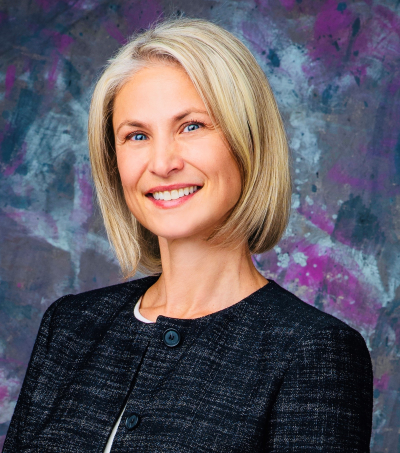Why we can’t skip the clinical breast exam
By Noemi Sigalove, MD, FACS | HonorHealth Cancer Care, Comprehensive Breast Center of Arizona PLC
 Dr. Sigalove specializes in treating both benign and malignant breast diseases. She uses minimally invasive techniques whenever possible, focusing on compassionate care and a collaborative, team-based approach to fighting cancer.
Dr. Sigalove specializes in treating both benign and malignant breast diseases. She uses minimally invasive techniques whenever possible, focusing on compassionate care and a collaborative, team-based approach to fighting cancer.
Why exams remain essential
Technology has transformed breast cancer detection, but it does not eliminate the need for clinical expertise. For younger and older patients who fall outside standard screening protocols, breast exams may be the primary tool for detection. Even for patients in regular imaging programs, clinical breast exams can help identify aggressive cancers that develop between scans. Combining imaging with hands-on evaluation ensures we don’t miss opportunities for early detection and treatment.
High-risk groups where exams matter most
Highly aggressive tumors can grow quickly between screenings, sometimes reaching 3–4 cm before discovery on self-exam. Dense breast tissue, more common in younger women and in older patients on hormone replacement therapy, makes diagnosis even more difficult. In many cases, clinicians can detect worrisome lesions on exam sooner than patients can themselves.
Two groups especially rely on clinical breast exams for detection:
- Patients under 40: Not typically screened with imaging, yet the incidence of breast cancer is rising. Between 2012 and 2022, breast cancer incidence in patients under 45 rose 1.1% per year. In the 20–29 age group, the increase was 1.3–1.6% annually. Only about 10% of breast cancers are hereditary; thus, family history alone is not a reliable method of risk assessment.
- Older adults no longer screened: Those with a life expectancy under 10 years often stop radiographic screening. Limited self-awareness in this group means tumors are often diagnosed late. Many of these cancers are slow-growing and hormone receptor-positive, making them manageable with endocrine therapy even if surgery is not an option.
The role of exams in the age of advanced imaging
Breast cancer screening tools have advanced significantly. Three-dimensional mammography, ultrasound, MRI and contrast-enhanced mammography detect the majority of tumors. Yet no technology is perfect: about 5% of breast cancers are still missed, even with combined imaging.
- Mammography: Misses 10–20% of cancers, and up to 30–50% in patients with dense breasts.
- Ultrasound: Sensitivity is 80–90% but often misses early cancers such as DCIS, since calcifications may not be visible.
- MRI: Misses 5–10% of tumors and is not indicated for screening the general population.
- Contrast-enhanced mammography: Approaches MRI sensitivity but struggles with dense tissue and subtle lesions.
The art and science of medicine
As physicians and APPs, we bring advanced tools as well as clinical judgment to our patients’ care. Breast exams are not a replacement for imaging, but an essential complement; one that allows us to partner with patients for earlier diagnosis, better outcomes and a reminder that medicine is both an art and a science.
